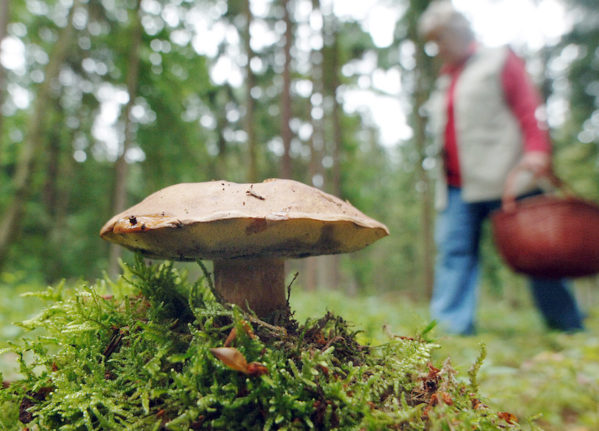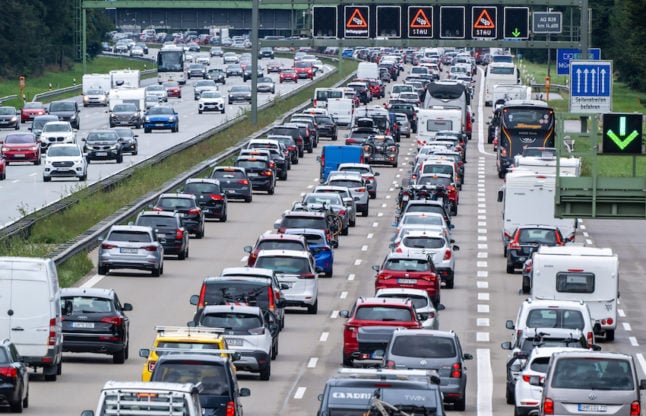Affected areas primarily include the Bavarian Forest, the Donaumoos region near Ingolstadt, as well as regions in the Alps around Mittenwald and Berchtesgaden, the Federal Office for Radiation Protection (Bundesamt für Strahlenschutz – BfS) announced on Monday.
According to the BfS, these areas had the highest deposition of radioactive cesium in the soil in Germany after the 1986 disaster. But even in the regions worst affected, not every species of mushroom was equally contaminated.
High levels were detected in species like hygrophorus, trumpet chanterelles, red cracking boletes, bay boletes, common puffballs, false saffron milkcaps, ochre brittlegills, violet webcaps, and suede boletes.
In contrast, low concentrations were observed in species like long-stemmed puffballs, xerocomus, chestnut boletes, sooty parasols, and white domecaps.
Mushrooms picked for sale must adhere to agreed limits for radioactive cesium-137, according to BfS President Inge Paulini.
“Those who collect mushrooms themselves are not protected by these limits,” said Paulini.
Her advice for pickers is to be well-informed and to consume the mushrooms in moderation.
“Ultimately, it’s a personal decision: occasional consumption of more heavily contaminated mushrooms only leads to a slight additional radiation dose. However, this can easily be avoided by leaving potentially highly contaminated mushroom species in the forest.”
For context, the Federal Office explained that an adult who consumed 200 grams of mushrooms weekly containing 2,000 becquerels of cesium-137 per kilogram would receive an additional annual radiation dose of 0.27 millisieverts. This corresponds to radiation exposure similar to that of 20 flights from Frankfurt am Main to Gran Canaria.
According to the German Cancer Research Center (DKFZ), cesium-137 can accumulate in bone tissue and damage genetic material. This can eventually lead to bone cancer and leukemia. Cesium-137 is a radioactive isotope that does not occur naturally. It is produced, among other things, during nuclear fission in nuclear power plants. Its half-life is approximately 30 years. Consequently, the amount that entered the soil in 1986 has since more than halved.
For its annual mushroom report, the BfS examined a total of 165 mushroom species collected at selected locations in southern Germany.



 Please whitelist us to continue reading.
Please whitelist us to continue reading.
Member comments